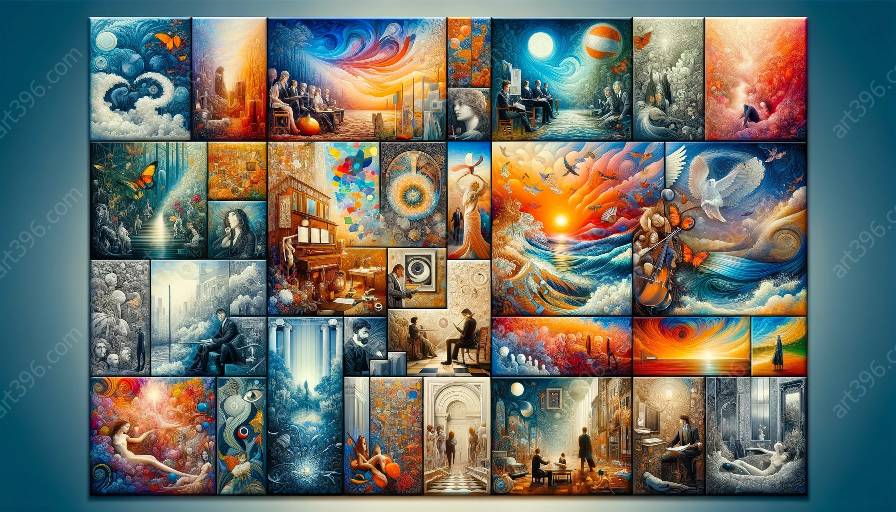Precisionism, an American modern art movement that emerged in the early 20th century, was characterized by its focus on industrial and urban subjects, geometric forms, and precise, sharp lines. This unique art movement was influenced by technological advancements and the rapid industrialization that occurred during that period.
The Impact of Technology on Precisionism
Technology played a significant role in shaping the aesthetics and themes of Precisionist art. The rise of industrialization, mass production, and urbanization in the early 20th century transformed the American landscape, providing artists with a wealth of subject matter and inspiration.
Influence of Machinery and Urbanization
Precisionist artists were fascinated by the sleek, streamlined forms of modern machinery such as skyscrapers, bridges, and factories. They found beauty in the geometric shapes and intricate details of these man-made structures, often portraying them with high precision and attention to detail.
Embracing Modern Technology
Technological advancements, such as the widespread use of photography and the increasing accessibility of mechanical tools, influenced the techniques and visual language of Precisionist artists. The use of precise lines, sharp angles, and clean, unembellished surfaces became defining features of Precisionist artworks, reflecting the machine aesthetic of the era.
Artists of the Precisionist Movement
Notable artists associated with Precisionism, such as Charles Sheeler, Charles Demuth, and Georgia O'Keeffe, were drawn to the visual impact of modern technology and its integration into the American landscape. Their works often depicted the convergence of industrial and natural elements, capturing the harmony and tension between the two.
Legacy of Precisionism in the Digital Age
While Precisionism emerged during a period of rapid industrial and technological growth, its influence continues to resonate in the digital age. The movement's emphasis on clean lines, geometric precision, and the portrayal of modern life remains relevant in contemporary art and design, reflecting an enduring fascination with the intersection of technology and visual expression.

